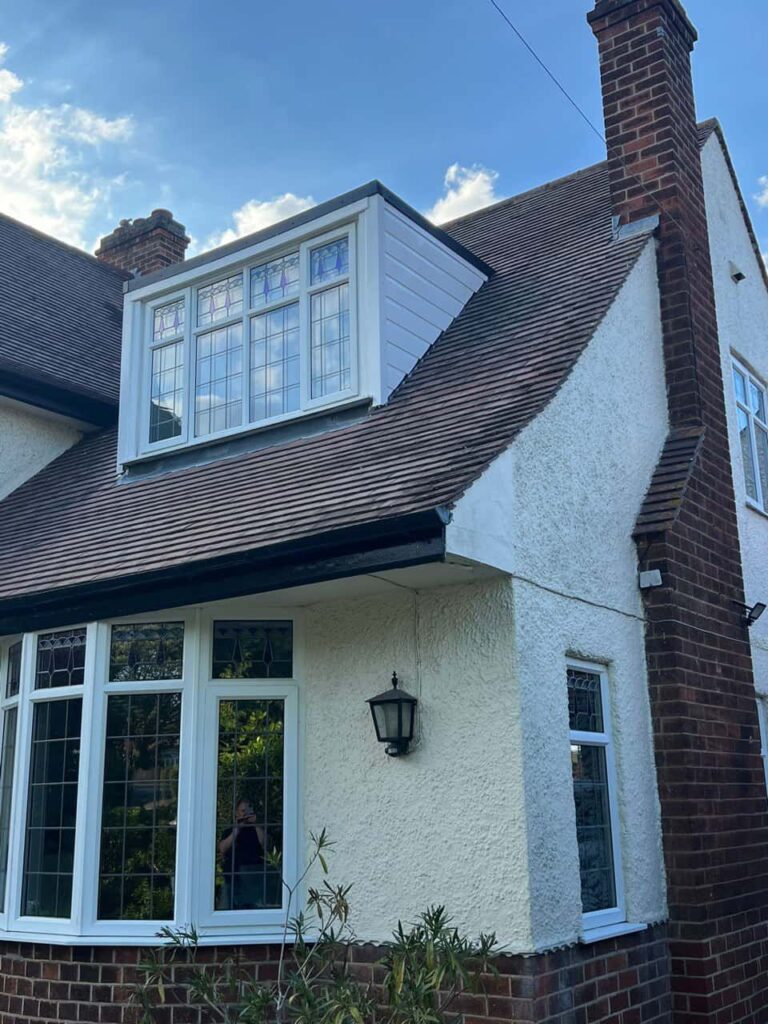Introduction: Lead flashing has long been a preferred choice for creating a watertight seal in roofing systems. However, concerns about the environmental impact and the desire for alternatives have led to the development of various lead alternatives for flashing. In this blog post, presented by Stapleford Roofing Repairs, we’ll explore lead alternatives’ pros and cons to help you make informed decisions regarding your roofing needs.
Pros of Lead Alternatives:
1. Environmentally Friendly:
Reduced Environmental Impact: Lead alternatives are often chosen for their reduced environmental impact. They are typically manufactured using recycled and eco-friendly materials, making them a greener option.
2. Ease of Installation:
Lighter Weight: Lead alternatives are often lighter than traditional lead, making them easier to handle and install.
Flexibility: Some lead alternatives are more flexible, allowing for easier manipulation and installation around complex roofing structures.
3. Cost-Effective:
Lower Material Costs: Lead alternatives are generally more cost effective than traditional lead, making them an attractive choice for budget-conscious projects.
4. Durability:
Resistant to Corrosion: Many lead alternatives are designed to be corrosion-resistant, ensuring their longevity.
UV Resistance: Some lead alternatives are UV-resistant, preventing damage from prolonged exposure to sunlight.
Cons of Lead Alternatives:
1. Reduced Longevity:
Shorter Lifespan: Lead alternatives may not have the same lifespan as traditional lead flashing, requiring more frequent replacements in the long run.
2. Compatibility Issues:
Compatibility Challenges: Lead alternatives may not be compatible with specific roofing materials or sealants, potentially leading to compatibility issues and reduced effectiveness.
3. Limited Options:
Variety of Alternatives: While various lead alternatives are available, the selection may be limited compared to traditional lead, limiting your choices.
4. Quality Variations:
Varying Quality: The quality of lead alternatives can vary depending on the manufacturer and the specific product, so it’s essential to research and choose high-quality options.
5. Aesthetics:
Appearance: Some homeowners and professionals prefer the traditional look of lead flashing,
and lead alternatives may not replicate the same aesthetic.
Conclusion: Lead alternatives for flashing offer several advantages, such as reduced environmental impact, ease of installation, cost-effectiveness, and improved durability. However, they also have disadvantages, including potentially shorter lifespans, compatibility challenges, and limited aesthetic choices.
Call us on: 0115 647 1193
Click here to find out more about Stapleford Roofing Repairs
Click here to complete our contact form and see how we can help with your roofing needs.

